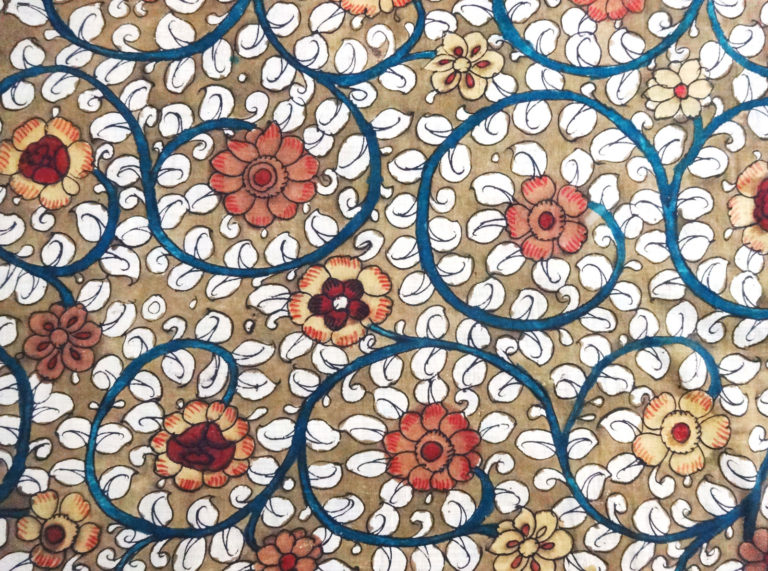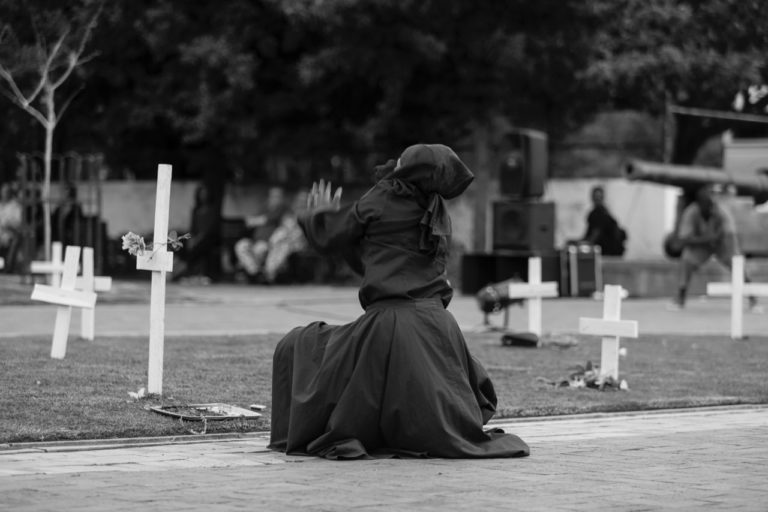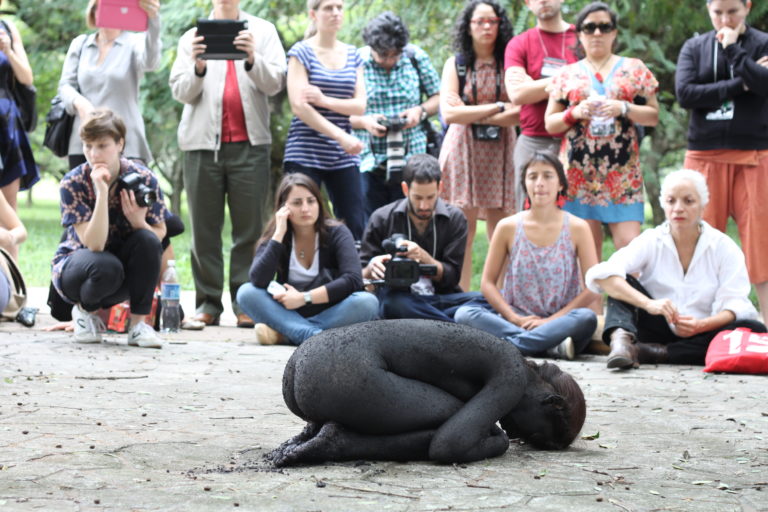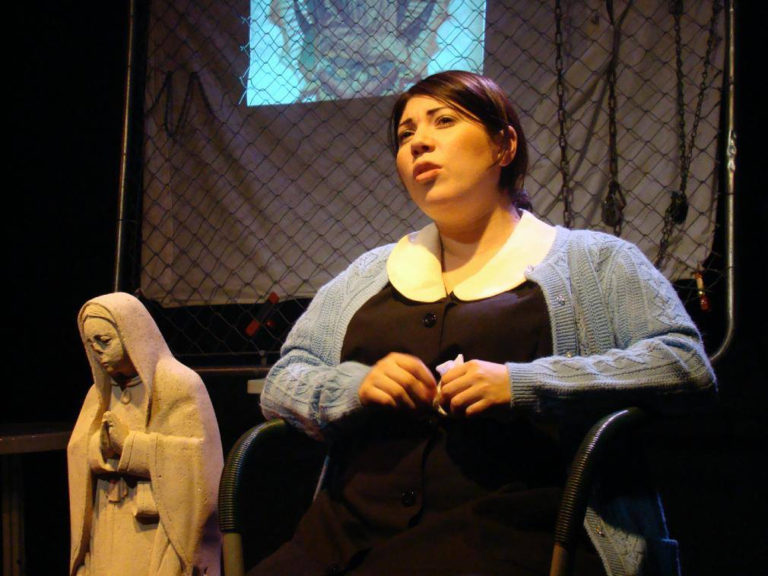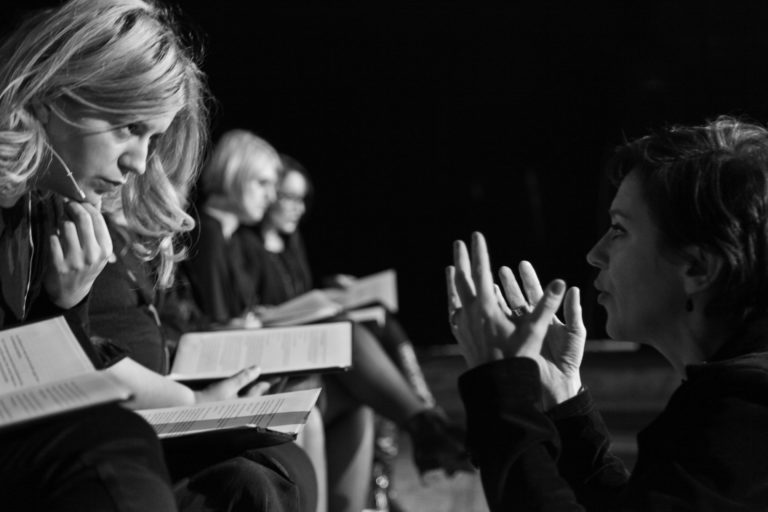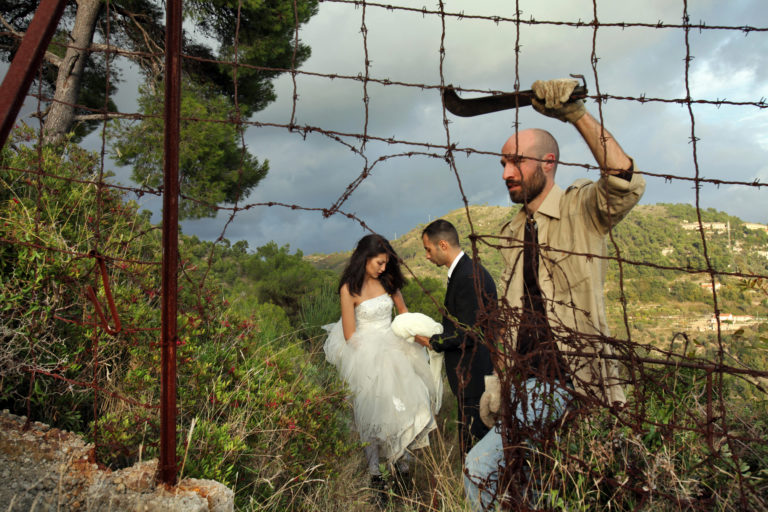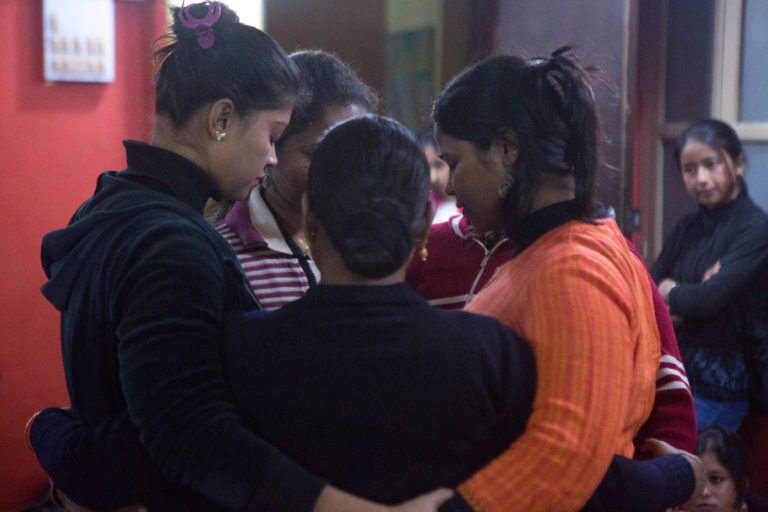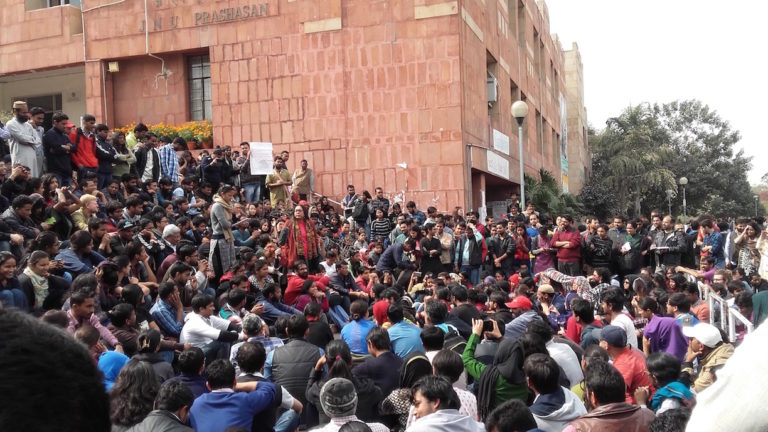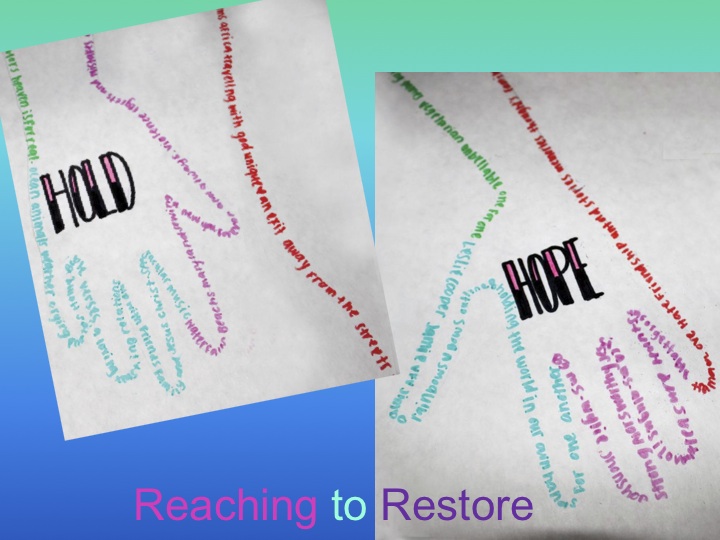This special issue explores how best to use performance to leverage justice for victims of trafficking, child soldiers, illegal immigrants, the poor, and others who lack recognition and protection within the legal and social apparati of national governments and some non-governmental organizations (NGOs). This focus has emerged from a two-year research project on “Gendered Citizenship: Manifestations and Performance” between scholars in theatre and performance in collaboration with politics colleagues at University of Warwick, UK and Jawaharlal Nehru University, Delhi.
Issue 5.2 (Fall 2016) — Leveraging Justice
Edited by Janelle Reinelt & María Estrada-Fuentes
This special issue explores how best to leverage justice for victims of trafficking, child soldiers, illegal immigrants, the poor, and others who lack recognition and protection within the legal and social apparati of national governments and non-governmental organizations. This topic emerges from a two-year research collaboration on Gendered Citizenship between Warwick University and Jawaharlal Nehru University.
Sing For Your Supper: Pauperism, Performance, and Survival
Come what may the house enables us to say: I will be an inhabitant of the world, in spite of the world.1 This essay presents a piece of performance research that brought together a theatre-maker/performer and a theatre researcher to explore the relationships between theatre and poverty. Our collaboration was just one part of a broader research project,…
“A Day for Us to Mourn”: Unsettling Performances of Marikana
Introduction On the 16th of August 2012 thirty-four Lonmin miners lost their lives at Marikana in South Africa. They were killed by the police who—after failed, ignored, or impeded negotiations with the striking miners—were assigned by the Lonmin Board of Directors and the mining unions to demobilize and dismantle the striking mass present at the…
The Maid Vanishes
This essay begins with two brief accounts—one of arrival and the other of vanishing. It was the late summer of 2005 when we—my partner, young daughter, and I—moved to the UK, where I was to take up a lectureship at the School of Theatre, Performance and Cultural Policy Studies at the University of Warwick. I…
Circuits of Invisibility: Performance, Violence, and Sexuality
The body is a repository of metaphors and within its function of global exchange, its limits of fragility and destruction, the body serves as a way of dramatizing the social text. Olivier Mongin, in his important study on film and modernity, has said that there is currently an “economía de las imágenes de violencia… [en…
Death on the US-Mexico Border: Performance, Immigration Politics, and José Casas’s 14
Jimmy Noriega looks to theatrical performance as a method for engaging the subject of “illegal” immigration and, in particular, the death of undocumented migrants. He argues that theatre can provide an avenue by which to generate both a private and public discourse that allows for a more nuanced and fair treatment of migrant death, which is especially significant in comparison to the representations offered by the typical media coverage. Rather than focus on several texts, this essay analyzes one play—14 by José Casas (2003)—and the ways it engages with mass migrant death and the myriad of responses to it.
Touring Testimonies: Rebalancing the Public Realm through Human Rights Activism in Asylum Monologues and Seven
In the contemporary globalized world, the life stories of marginalized and vulnerable peoples play a crucial role in attempting to leverage justice. Charities, non-governmental organizations (NGOs), and other bodies concerned to “raise the voices” of asylum seekers, displaced peoples, and victims of abuse flood the internet and other media with written and filmed testimonies in…
Concealment, Revelation, and Masquerade in Europe’s Asylum Apparatus: Intimate Life at the Border
In 2010, a landmark UK Supreme Court case was won on behalf of two gay men, from Cameroon and Iran, whose applications for asylum due to sexual identity had previously been rejected on the basis of a prevailing “reasonable tolerability” concept—that is, the view that gay applicants could conceal their homosexuality by acting discreetly upon…
Coerced Performances? Trafficking, Sex Work, and Consent
Since the millennium, there has been a growing global awareness about the business of human trafficking as it has exponentially expanded in relation to the neoliberal economic climate, the vast displacement of people through wars and conflict, and the growth of tourism and e-commerce. Because theatre and performance studies work through an epistemology of embodied…
Affective Labors: Love, Care, Solidarity in the Social Reintegration of Female Ex-Combatants in Colombia
In the Battlefield What can you tell me about love? This question was often followed by a combination of nervous laughter and bitter smiles. Thoughtful silence. As if love could not be part of life in the guerrilla ranks. As if love was not part of everyday life in times of war. Perhaps the former…
Mediations around an Alternative Concept of “Work”: Re-imagining the Bodies of Survivors of Trafficking
When I was rescued by the police and put in a shelter home, I felt angry. I did not know any other work. Before, I just had to lend my body and the work got done. I got paid, without having done anything (Poolish jokhon amake uddhar kore Shelter home e dilo, khoob raag hoechhilo.…
Beds and Tables: Ordinary Violence in Rascón Banda’s Hotel Juárez
Hotels make for great theatre. They are quintessentially modern (this is especially true of motels, by way of their association with automobiles); they allow for unexpected encounters and mysterious retreats—a clichéd feature of practically every spy drama and tale of illicit sex we can remember; they combine public (lobby, bar, dining room) with private (guest…
Polyrhythms of Citizenship
This talk was presented as a keynote address at the Gendered Citizenship: Manifestations and Performance Conference, January 6, 2015, at the University of Warwick. In this forty-two minute audio-essay, Roy theorizes what she calls polyrhythmic citizenship, the way the intelligibility of the concept of citizenship plays out, much like music, across different contexts and cultures. She discusses “transformative constitutionalism” and “insurgent citizenship” as the component parts of this citizenship, and takes for her key examples the founding of the Indian state and its constitution, and the Delhi gang rape case of 2012 which resulted in the death of Jyoti Singh.
Delhi Dispatches Blogs
Starting in February 2016, a protracted struggle has taken place on the Jawaharlal Nehru University (JNU) campus, pitting the students and their faculty supporters against the right-wing government of Prime Minister Narendra Modi and the Administration of the university. The protestors’ issues chime with the desire to leverage justice that drives this issue. This piece presents one senior scholar and one early career scholar blogging about these events.
Challenges of Praxis: ARM of Care and Kolkata Sanved
As part of our Gendered Citizenship project, we partnered or collaborated with several NGOs and theatre companies whose work is on the front lines of supporting survivors of poverty, violence, statelessness, and homelessness. We have listed these organizations and their websites in our “Further Resources” list at the end of this section. Here we share the “best practices” of two NGOs that work with survivors: one young and community-based (ARM of Care), growing quickly from a grass roots start; the other (Kolkata Sanved) engaged for twenty years to develop a substantial international reputation.
